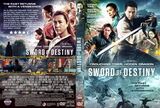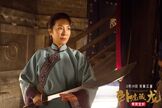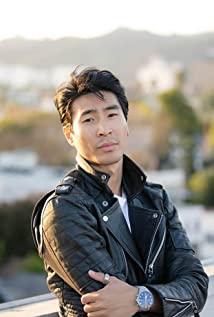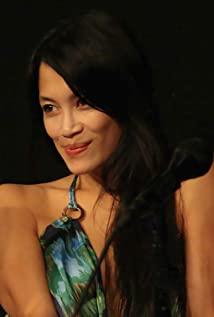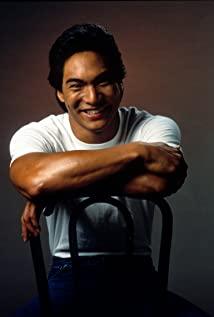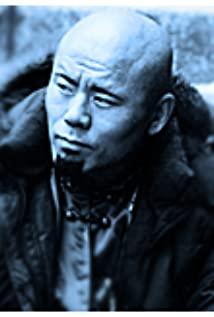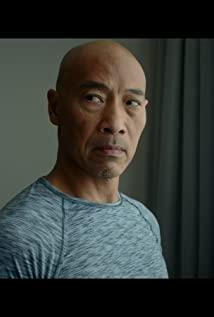Why is there Crouching Tiger, Hidden Dragon 2? "Crouching Tiger, Hidden Dragon 1" won a number of international awards, including the Academy Award for Best Foreign Language Film. It not only enhances the national self-confidence of the Chinese people, but also satisfies the Western audience's curiosity about the oriental martial arts culture. Although the shooting of "Crouching Tiger, Hidden Dragon 2" is to "carry forward the spirit of Chinese martial arts", or pay tribute to the classics, but in my opinion, the purpose of creating commercial value through the "martial arts trend" and IP effect set off by "1" accounts for than larger. After the miracle of "1" co-produced by China and the United States, it is not difficult to imagine that Weinstein International Pictures also wants to continue the path of Sino-US cooperation and take advantage of the opportunity to make a fortune. In addition, the original work of "1" itself has a sequel, and the resources are convenient.
Do you think Crouching Tiger, Hidden Dragon 2 is a sequel to Crouching Tiger, Hidden Dragon 1? Why? I don't think it can be counted as a sequel in terms of audio-visual style: "2" has high color saturation and high contrast. The color of the outdoor scenery during the day is too bright, and with a layer of soft light, it seems to try to create a sense of heroism and heroism. In fact, it is false and empty, completely losing the elegant ink painting style of "1". The contrast between warm orange and blue is often used in night scenes, which is not a big problem in my opinion, but it is also very different from the style of "1". In the first fight scene (the first time Yu Xiulian and Wei Fang met), the sudden appearance of lights and "beep" sounds gave people a fantasy, technology drama audio-visual feeling. The scene where Wei Fang met Jiuyounv in the forest made people seem to be watching a ghost movie. The image setting of the Nine Nether Girl itself is also fantastical. The glacier background of Meng Sizhao, Wei Fang and Master Wei Fang's fight is also fantastic. These slightly abrupt details in the martial arts film and the difference in the style of the picture mentioned in the previous paragraph make "2" seem to have changed time and space, and the characters have traveled to another time and space to produce stories. Can it still be regarded as a sequel?
Character plot: Although "2" did not give an explanation for Yu Jiaolong's ending, which is a small regret of the audience, I don't think it's any fault. The sequel does not necessarily have to follow the end of "1" completely, and it is not a bad idea to add new characters and leave old ones. However, I think the interpretation of the word "Dao" in "1" and "2" is different. Li Mubai painstakingly retreated but failed to obtain the "Tao", because he couldn't let go of the love and hatred in the world, such as killing his master, lust for Yu Xiulian, and lust for Yu Jiaolong. It is also mentioned in "2" that Meng Sizhao "cut off the mundane thoughts and thousands of emotions, and comprehends the world to the fullest", and finally obtained the Tao. Not yet, Meng Sizhao has arrived. However, Meng Sizhao, a Taoist who had lived in seclusion for many years, resurfaced. On the surface, it is for the sake of chivalry and promise to help Tiebeile protect Qingmingjian, but the emotional development between Yu Xiulian makes people have to doubt whether his purpose is true. Now that he has obtained the Tao and has let go of his lust, why do you want to save Yu Xiulian? In addition, Yu Xiulian said to Meng Sizhao in "2": "Even if you die, Mu Bai will not do this. This is his way, and your escape from the world is meaningless." What does the way in this sentence refer to? ? Yu Xiulian loves Li Mubai in "1", but details such as "I have been mourning you" in "2" show that Yu Xiulian can't really let Meng Sizhao go. What is Yu Xiulian's emotional attitude? What are the similarities and differences between the styles of the directors of the two films? Although both films show Chinese elements and chivalrous spirit to a certain extent, they are quite different. Differences in audio-visual styles (as answered in the previous article) About the different fighting scenes, each fight scene in "1" is clear and delicate, full of Chinese charm, while the fights in "2" are generally scattered, with many editing, and the pursuit of sensory stimulation. The martial arts in several scenes in "2" prefer to insert slow motion in the fast fighting scenes, such as the slow motion of drawing swords and turning feet in the slow motion of the fight between Snow Bottle and Dai Yan Wang, to render the superb martial arts of both sides. And "1" such a scene is not common. I really like the fight scene between Wei Fang and Xue Ping in "2". I used a few vases as props to mobilize the rhythm of the fighting scene and create an ambiguous atmosphere at the same time. The director of "1", Li An, expresses the theme implicitly, while the director of "2", Yuan Heping, prefers straightforward, exaggerated, and even abrupt and blunt questions. For example, Dai Yanwang, the villain in the film, suddenly said a high-level positive statement before his death: it is not we who dominate the sword, but the sword that dominates us; for example, Yu Xiulian's memories and insights of the heroes at the end of the film are like writing a final summary; Epilepsy, it comes from Tangshan, Wuying Dart, she comes from Xiangxi" parallel sentence... Coupled with the tragic orchestral soundtrack and slow motion in major key, it renders the heroic heroic sacrifice of heroes, or the sorrow of people in the world dominated by desire, which greatly mobilizes Audience emotional resonance. Different handling of characters: The logic of the characters in "1" is smooth, while the logic in "2" is unreasonable and there are many loopholes. For example, how did the relationship between Wei Fang and Xue Ping develop? Why did Wei Fang believe Xue Ping's own words? Why did Xue Ping steal the sword, and why did she secretly manage the relationship between Yu Xiulian and Meng Sizhao? (Maybe it is to reflect the mutual enlightenment and salvation between master and apprentice, but I think it is still not logical.) The characters in "1" are multi-faceted, both cute and hateful, while the characters in "2" are flat, good and evil. . 5. In terms of theme: "1" tells about the love-hate lust that everyone can't give up under the chivalry of the rivers and lakes. The whole film of "2" almost praises the chivalry, dignity and responsibility of the heroic characters, and the theme is slightly thin.
View more about Crouching Tiger, Hidden Dragon: Sword of Destiny reviews




